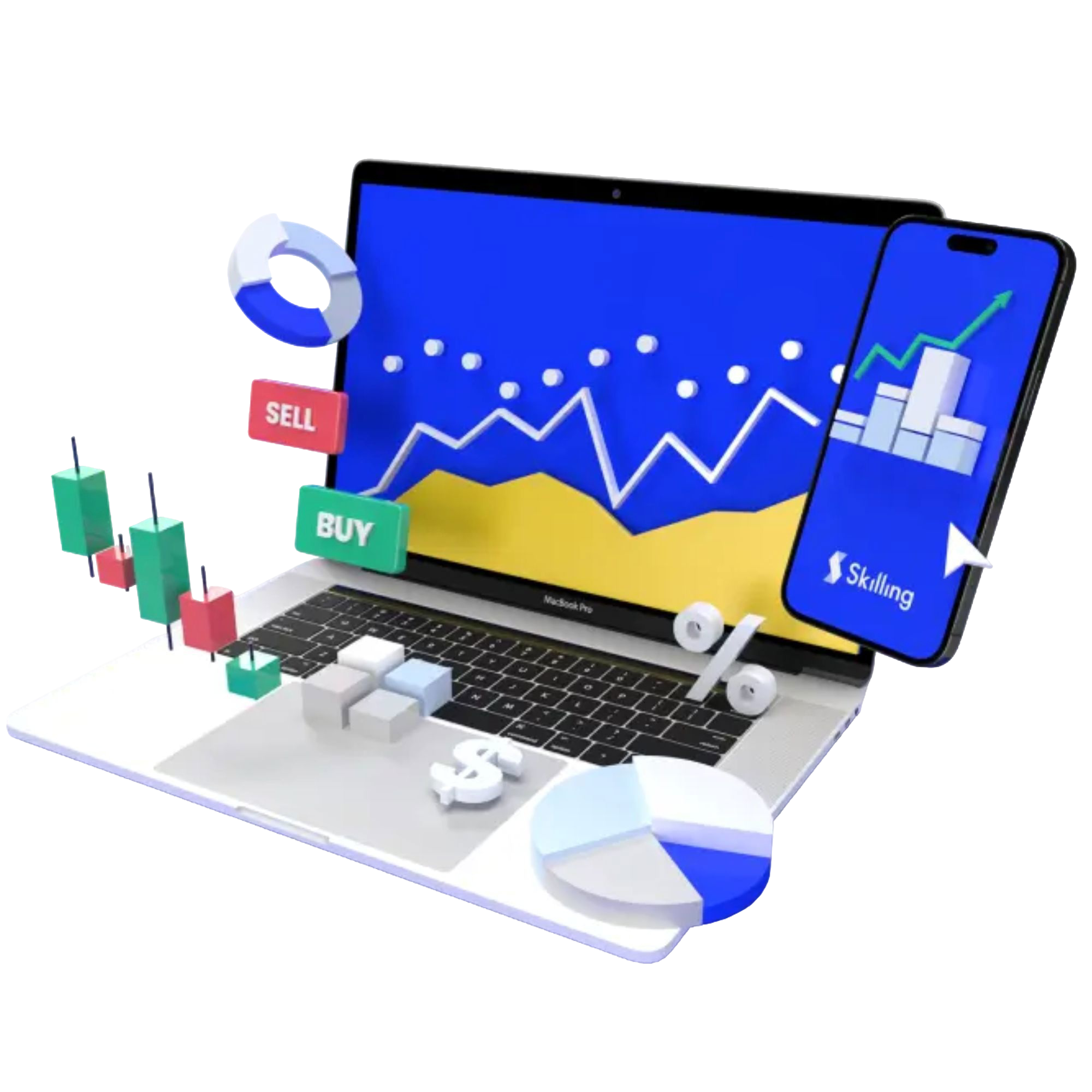Profitability is a key indicator of a business's financial health and long-term viability. It not only measures the ability of a company to generate income but also reflects how efficiently it operates. Understanding profitability and knowing how to calculate and interpret it can provide valuable insights into your business's performance and help you make informed decisions.
In this article, we will explore what profitability is, how to measure and calculate it and distinguish between profitability and profit.
What is profitability?
Profitability refers to a company's ability to generate earnings relative to its revenue, expenses, and other costs. It is a measure of efficiency and financial success, indicating how well a company can convert its resources into profits. High profitability typically suggests that a company is managing its costs effectively and generating sufficient revenue from its operations.
Practice with a Demo Account
Try our demo account and experience real market conditions.

How to measure and calculate profitability
Profitability can be measured using various financial metrics and ratios that provide insights into different aspects of a company’s performance. Here are some key measures of profitability:
1. Gross profit margin:
This ratio shows the percentage of revenue that exceeds the cost of goods sold (COGS). It indicates how efficiently a company is producing its goods.
Formula: (Revenue - COGS) / Revenue * 100
2. Operating profit margin:
This ratio measures the percentage of revenue remaining after deducting operating expenses (including COGS, wages, and depreciation. It reflects the efficiency of a company’s core operations.
Formula: Operating Income / Revenue * 100
3. Net profit margin:
This ratio shows the percentage of revenue left after all expenses, including taxes and interest, have been deducted. It provides a comprehensive view of overall profitability.
Formula: Net Income / Revenue * 100
4. Return on assets (ROA):
ROA measures how efficiently a company uses its assets to generate profit.
Formula: Net Income / Total Assets * 100
5. Return on equity (ROE):
ROE indicates how effectively a company uses shareholders' equity to generate profits.
Formula: Net Income / Shareholders' Equity * 100
Knowing these ratios and regularly calculating them can help businesses assess their financial performance and make strategic decisions to enhance profitability.
Why miss out on the commodities market's potential?
Discover the untapped opportunities in top traded commodities CFDs like gold, silver & oil.

Profitability vs. profit
While profitability and profit are related, they are not the same. Here are the key differences:
| Aspect | Profit | Profitability |
|---|---|---|
| Definition | Profit is the absolute number that represents the amount of money a business has earned after subtracting all expenses from its revenue. | Profitability is a relative measure that indicates how efficiently a company generates profit relative to its revenue, assets, or equity. |
| Formula | Profit = Revenue - Expenses | Various ratios (e.g., profit margin, return on assets, return on equity). |
| Measure of | Financial success in terms of the amount of money earned. | Financial health and operational efficiency in generating profit. |
| Considerations | Does not account for the size of the business or its efficiency in generating profit. | Provides a broader view of efficiency and sustainability, offering insights into long-term viability. |
| Example | A business with high profit but significant expenses may still show a substantial absolute profit figure. | A small business with a high profitability ratio might be more efficient and sustainable in the long run compared to a large business with high profit but low profitability. |
Summary
Profitability is a key measure of a company’s financial health, indicating its ability to generate earnings efficiently. By understanding and calculating various profitability ratios, businesses can gain insights into their performance and make informed decisions. While profit measures the absolute earnings of a business, profitability provides a relative measure of efficiency, offering a deeper knowledge of financial success.
For more insights into financial performance and to explore trading opportunities, consider platforms like Skilling, which provide comprehensive resources and market analysis tools. For example, knowing the gold price can provide insights into market trends and help in making informed trading decisions.
FAQs
1. What is profitability?
Profitability refers to a company's ability to generate earnings relative to its revenue, expenses, and other costs, indicating efficiency and financial success.
2. How do you measure and calculate profitability?
Profitability is measured using ratios like gross profit margin, operating profit margin, net profit margin, return on assets (ROA), and return on equity (ROE).
3. What is the difference between profitability and profit?
Profit is the absolute amount of money earned after expenses, while profitability is a relative measure of how efficiently a company generates profit.
4. Why is profitability important?
Profitability provides insights into a company's efficiency and financial health, helping businesses make strategic decisions to enhance performance.
5. Where can I learn more about financial performance and trading?
Platforms like Skilling offer extensive resources and tools for analyzing financial performance and exploring trading opportunities in various markets.
By focusing on profitability, businesses can improve their financial strategies, enhance efficiency, and ensure long-term success. However, there are potential risks involved and profitability is not the outcome in all cases. It's crucial to approach trading with caution, use risk management strategies, and never trade with money you can't afford to lose.











